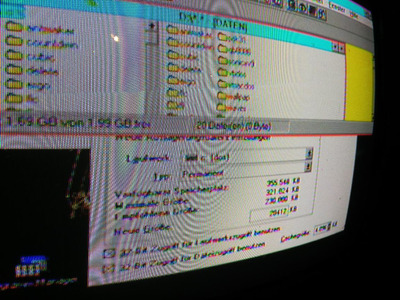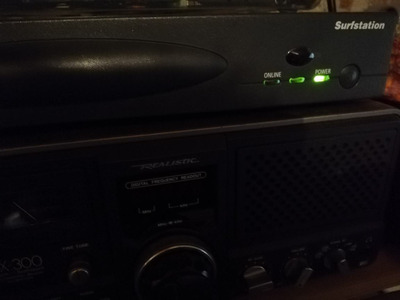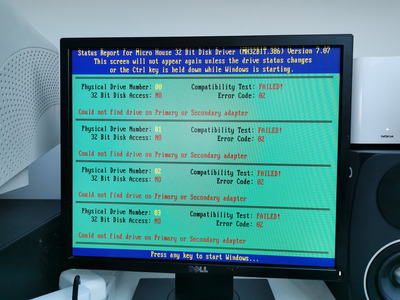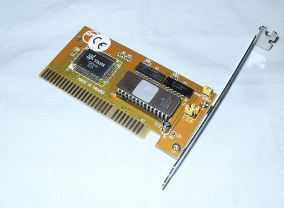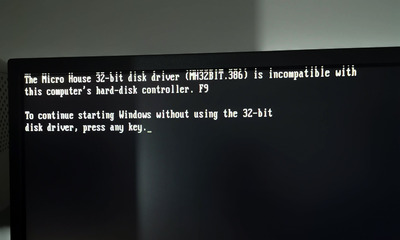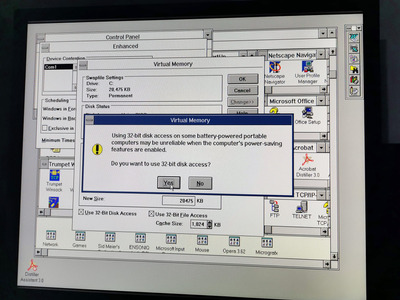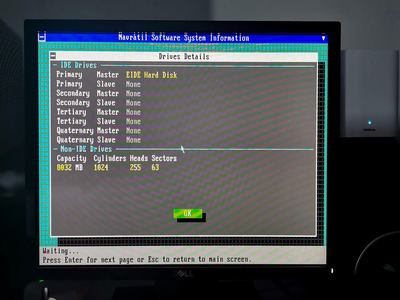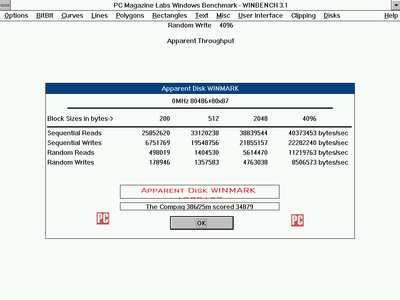BitWrangler wrote on 2022-10-20, 16:54:
I thought the 32bit driver worked as long as the drive geometry was handled at BIOS level and not with overlay software.
However, many E-IDE cards came with their own overlays and compatible 32Bit DMA mode windows drivers.
I thought the same. But it seems that MicroHouse also supported the EZ-Drive (?) overlay..
Personally, I'm pretty sure the Ryzen is compatible, if..
- a HDD/CF/SD up to 8GB of physical capacity is used
- MS-DOS 6.22 is running
The Windows help file of the MicroHouse driver explicitly talked about an 8 GB limit.
That's the same limit MS-DOS 6.x is considered to have.
But sure, we all did install MS-DOS 6.x on a 20 GB HDD in the 2000s at some point. 😇
So the total limit to 8 GB drives likely is of theoretical nature.
A limit that MS-DOS can handle.
If the rest of the HDD isn't used (no other OSes/partitions past 8GB boundary) or not visible (drive seen by FDISK or BIOS not larger than 8 GB), it judt *works*.
The 8 GB limit is also that maximum address range of E-CHS ("LARGE"), the predecessor of LBA.
Speaking of LBA, there's LBA-28 and LBA-48.
The Ryzen has LBA-48, of course.
But what's more important - the current ATA specification it supports.
That might be an issue for the MicroHouse driver,
just like ATA-2 was for WDCTRL in Windows 3.1.
Maybe certain IDE registers have changed there meaning or use a higher number count.
That might confuse the driver.
If so, there's a possible workaround..
Something like XTIDE Universal BIOS could be loaded from a PCI (+ PCIe adapter) or PCIe network card.
This way of loading an Option-ROM *might* still work.
Network boot must still be possible, after all, so loading a proprietary Option-ROM must be possible still (I know of PXE, but still).
Anyway, there were predecessors of the XTIDE BIOS..
Year 2000 compatibility cards (some) and IDE Enhancer cards had them in ROM.
Edit: More information on the IDE BIOS..
https://www.dosforum.de/viewtopic.php?t=11204
https://github.com/mamedev/mame/pull/3465
DTC1181 BiOS Adapter 1998 Pre XTIDE Adapter Info and Rom
Re: BIOS Limitations & Large Hard Drives
Edit: Correction.. Back in the 90s, people talked about EIDE or E-IDE (Enhanced IDE), not just IDE or ATA/PATA, even.
So if you're looking for a BIOS or card, please also use EIDE or E-IDE as search terms..
"Time, it seems, doesn't flow. For some it's fast, for some it's slow.
In what to one race is no time at all, another race can rise and fall..." - The Minstrel
//My video channel//
